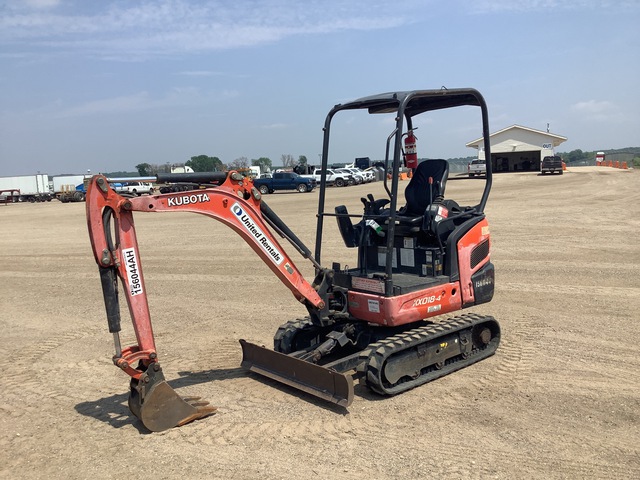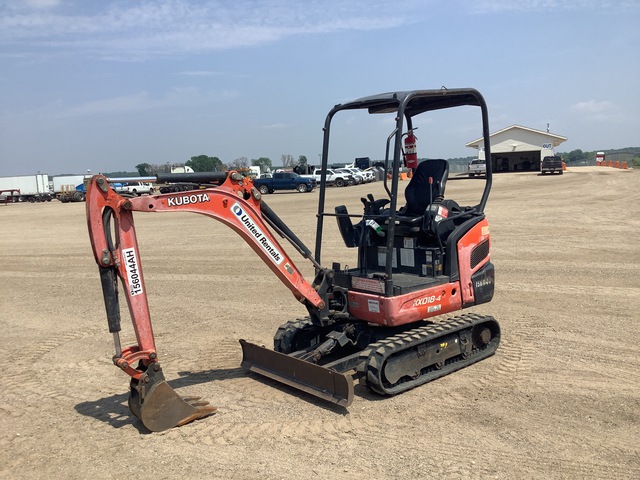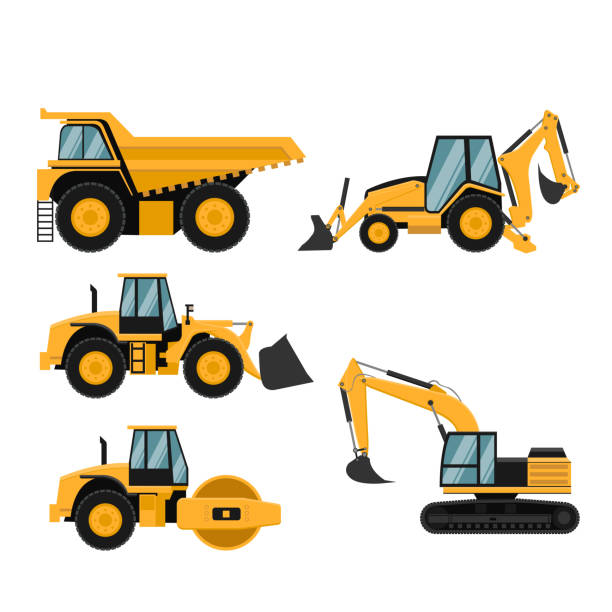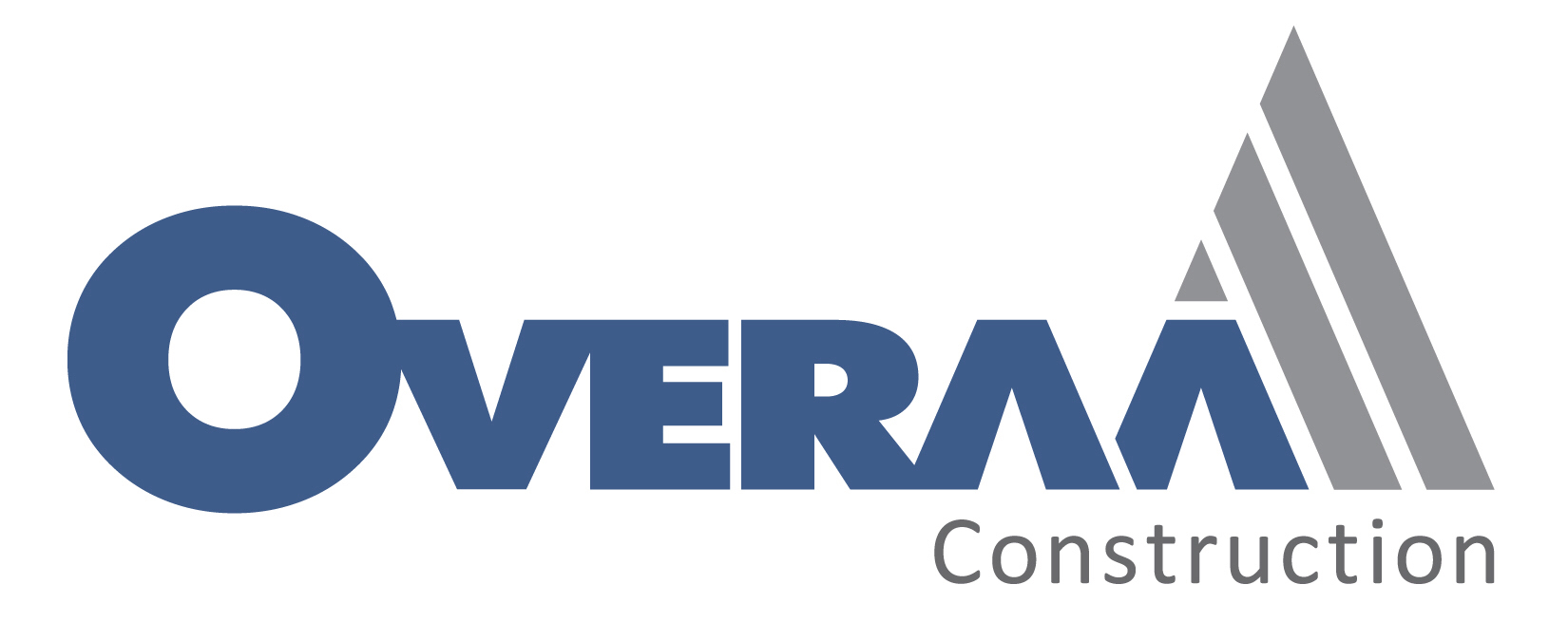Title Page
-
Mini Excavator Inspection
-
Jobsite:
-
Inspector:
-
Date of Inspection:
-
Foreman:
Items for Inspection
GENERAL INFORMATION
-
1.1 Equipment ID
-
1.2 Make and Model: (take photo of machine)
-
1.3 Operator
-
1.4 Miles/Hour Meter Beginning
-
1.5 Ensure Annual Inspection has been completed within the last 13 months
-
1.6 Engine Fuel Level
-
1.7 Mirrors Clean and Undamaged
-
1.8 Operator's Manual In Good Condition
- Pass
- Fail
- N/A
-
1.9 Load Chart is Correct & Legible
-
1.10 Fire Extinguisher
-
1.11 Overhead Cage and Seat Condition
-
1.12 Frame Level and Boom Indicator are Working?
VISUAL INSPECTION PRIOR TO STARTING ENGINE
-
2.1 Walk Around Inspection (warning decals, capacity plate, etc.)
-
2.2 Wheels, Tires and Lugs (condition/tire pressure)
-
2.3 Cab Glass (no cracks/damage)
-
2.4 Engine (check oil level and for leaks)
-
2.5 Transmission (check oil level and for leaks)
-
2.6 Engine Belts (check for adjustment and wear)
-
2.7 Air Cleaner (check indicator, clean or change as required)
-
2.8 Radiator (check coolant level and for leaks)
-
2.9 Hydraulic Tank (check oil level and for leaks)
-
2.10 Fuel Tank (check level and for leaks)
-
2.11 Roll Over Protection Systems - ROPS (check for damage)
-
2.12 Seatbelt Functioning
START ENGINE AND CHECK THE FOLLOWING
-
3.1 Engine (does it sound normal)
-
3.2 Instruments (check for normal readings)
-
3.3 Exhaust System (check for leaks and excessive smoke)
-
3.4 Wipers and Lights (spotlights, turn signals, etc.)
-
3.5 Horn and Backup Alarm
-
3.6 All Hydraulic Controls (normal operation - lift, tilt, etc.)
-
3.8 Brakes (parking and service brakes)
-
3.9 Steering Mechanism
-
3.10 Battery, Electronics, and Instruments Functioning Properly
-
3.11 Attachments (Forks, locking pins, carriage, mass or boom)













